As every finalist for the IGF I’ve been glad to answer some questions about my game Loop Raccord and about my backgroung in general:
”[In this latest Road to the IGF interview with 2011 IGF finalists, Mike Rose speaks with Nicolai Troshinsky about Nuovo-nominated experimental visual/audio mash-up Loop Raccord.]
A finalist in this year’s Nuovo Award category, Nicolai Troshinsky’s Loop Raccord sees the player manipulating a series of video clips in order to create a continuous movement — as if each clip is passing an invisible ball around the screen.
Troshinsky has also recently made unconventional titles including innovative iOS title UFO On Tape and the even more bizarreRaccord Sniper, which involves shooting mysteriously cloaked household objects.
Talking to us, he describes his background in illustration, his concept inspirations and his issues with finding the perfect clips to use in Loop Raccord, which is free to download for Windows.
What is your background in making games?
I studied illustration and animation filmmaking. I’ve been working as a children’s book illustrator for five years and I’ve been teaching storytelling in an animation school since 2009.
I have never learned programming and I have no specific game-making training at all… and I don’t want to.
For me, making games, movies, comics or illustrated books is all the same thing. You want to create an experience for somebody to communicate an idea and you have a set of tools to achieve that. Each of those mediums offer a different set of tools with their own particular advantages and disadvantages.
I see storytelling as a game: whenever I am making a film, a book or a comic, I set a series of rules for myself and I try to play with them to reach their limits. Watching a movie or reading a book is not a passive experience.
The viewer/reader can perceive those rules if he feels that they are set for him, and he can play with you, trying to decode them to anticipate the author, and be surprised and amused whenever he cannot.
So in many senses, even if I have no specific game-making background, I feel like I’ve been making games for a while.
What development tools did you use?
I use Multimedia Fusion 2. It’s the thing that seemed the easiest to use without programming knowledge and I’m really happy with how it works. I’m still a newbie, but I kind of like being a poor programmer. It forces me to find weird solutions for things that are probably very easy to do but seem very complicated to me.
How did you come up with the concept for Loop Raccord?
My main inspirations came from Peter Greenaway’s experiments such as ‘The Tulse Luper Suitcases’ or animation shorts like Virgil Wildrich’s ‘Fast Film’. But it’s also self-inspired — movement raccord is a cinematographic effect that I’m quite familiar with and which I explored in my own short films.
With this game I simply tried to use what I learned in film-making and apply pure cinematographic rules as gameplay.
How difficult was it to find video clips that could be ‘synchronized’?
It was quite difficult, actually. I dug into archive.org for institutional films and commercials, but having a shot with a clear movement that crosses the screen is quite rare. Sometimes a forty-minute film had only one shot that I could use, and taking in account that I needed different shots for each combination of directions and the fact that I wanted to keep the original framings made it a hard task.
Some directions, like a movement going from the upper to the right part of the frame, proved to be extremely rare. I would have loved to have even more and better shots, but they were simply too hard to find.
Some people have complained that in certain cases it is not very clear how a movement should be synchronized. The fact is that certain shots simply don’t have a very clear movement, but I just couldn’t find anything better.
If you could start the project over again, what would you do differently?
Nothing. I’m pretty happy with the game as it is, and making it was a pretty interesting experience. Some people have complained about the sound, as the effect is rather violent when there are a lot of clips looping together.
I hesitated to do something about that, but in the end I see it as a natural way of increasing the difficulty as you progress in the level: the more sounds are looping at the same time, the more difficult it is to concentrate on your task.
How long did you work on the game?
It was a submission for the Experimental Gameplay Project and I spent a week to complete it, just as was intended to be for this challenge. Without programming knowledge, the longest thing was to make the random level generation system — I’m still amazed that it works. Later on, I spent a couple of afternoons to fix some bugs and add some more shots to the game for more variety.
Were there any elements that you experimented with that just flat out didn’t work with your vision?
The first thing I tried to do is just a straight line of shots. You should be raccording a simple and continuous movement from left to right, and as you reached the last frame everything should have scrolled unlocking new shots.
I just couldn’t get the scrolling to work properly and it felt quite boring anyways so I changed the display to a 4x3 fullscreen grid really quick.
Have you played any of the other IGF finalists? Any games you particularly enjoyed?
I played and enjoyed very much A House in California — I’m really interested in the games Jake Elliott is making. I also played the other freeware ones: Desktop Dungeons, Super Crate Box and Hazard.
I played the demo for Amnesia, but I just couldn’t finish it as it made me too nervous. I was particularly impressed by the sound work on that game. It’s an amazing game overall, but I won’t buy it simply because I know I won’t play it. I have Penumbra and I played maybe three hours in five months.
The game I am the most excited about is Spy Party. It’s the one that I feel closer to the kind of things I would like to do with my games. It’s a simply brilliant concept, and I can’t wait to play it. I hope it wins!
What do you think of the current state of the indie scene?
I am really excited about it. It’s very alive, everybody is trying different stuff and nobody seems to know where they are going, but everything seems possible. I feel a lot of enthusiasm and passion and you can see it evolve and define itself in front of your eyes.
It’s the most exciting moment to be part of this, as experimental games are still incredibly rare. If you check the 400 entries for the IGF, you’ll see that the ones that are selected for the Nuovo award are almost the only ones that seem to be experimental in some sense.
The only thing that annoys me is this endless debate about games as art. It surprises me that everybody has an opinion, but almost nobody seem to have a clear idea of what’s a ‘game’ and what is ‘art’.”
http://www.indiegames.com/blog/2011/02/road_to_the_igf_loop_raccords.html
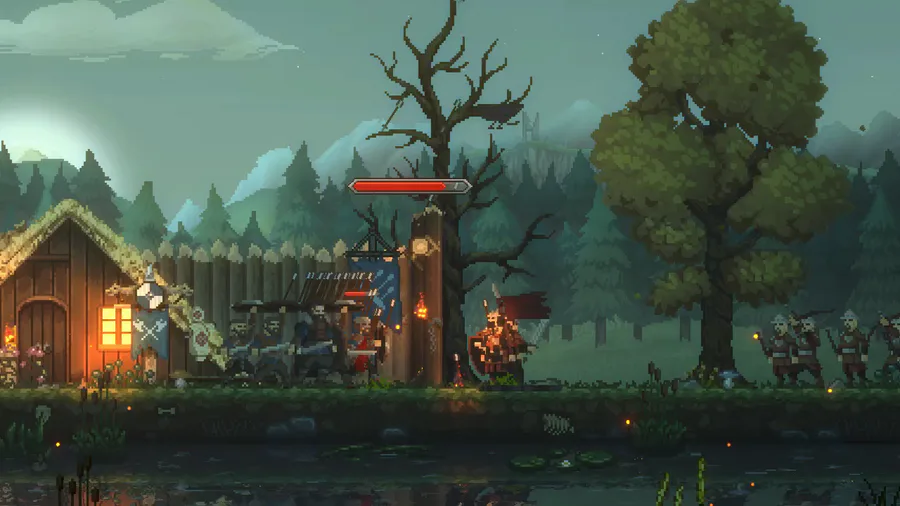

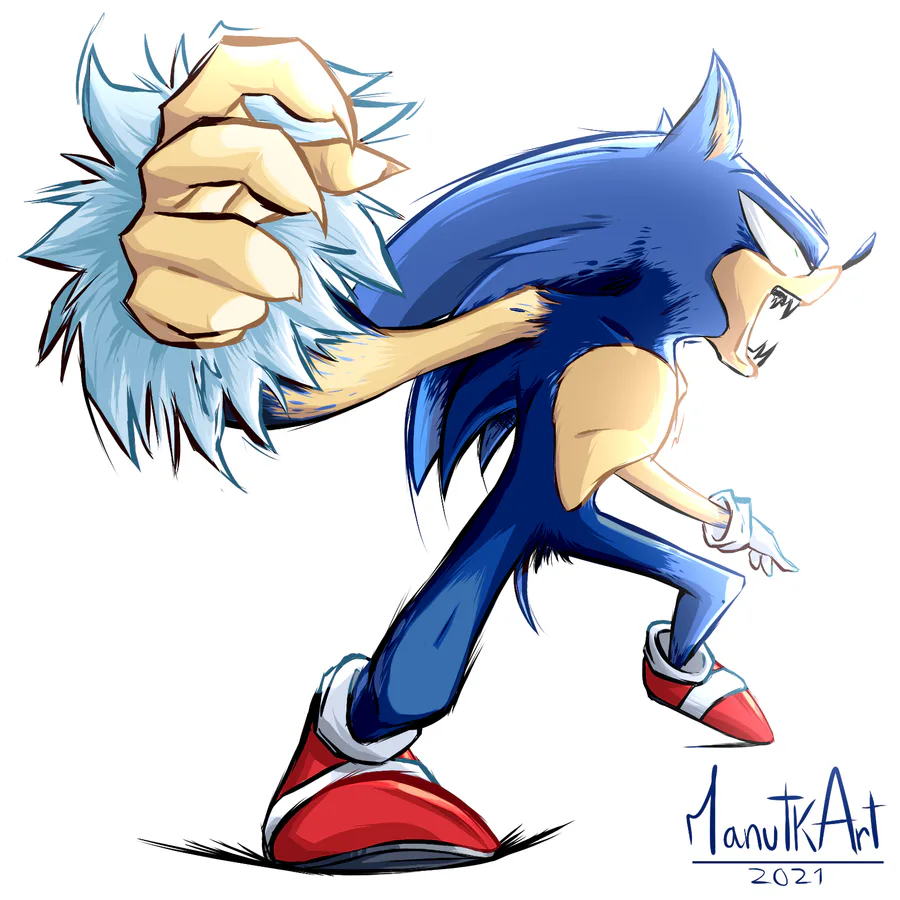

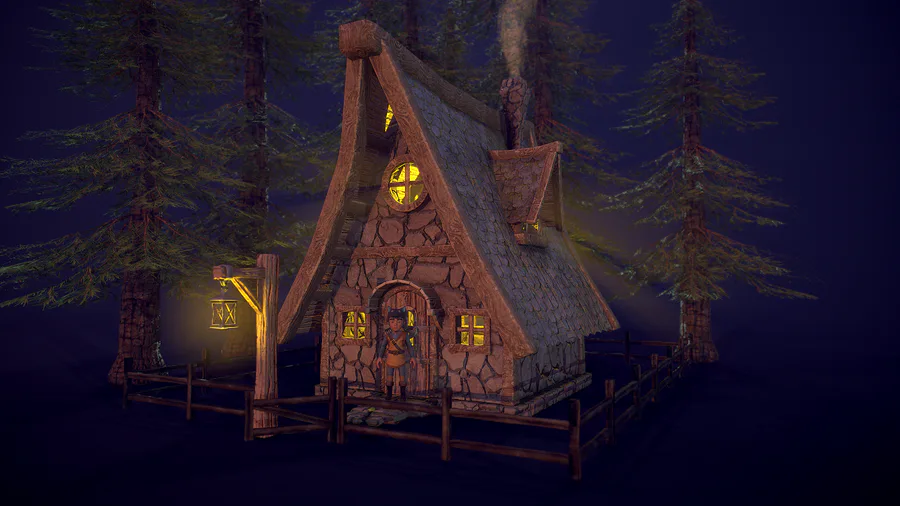
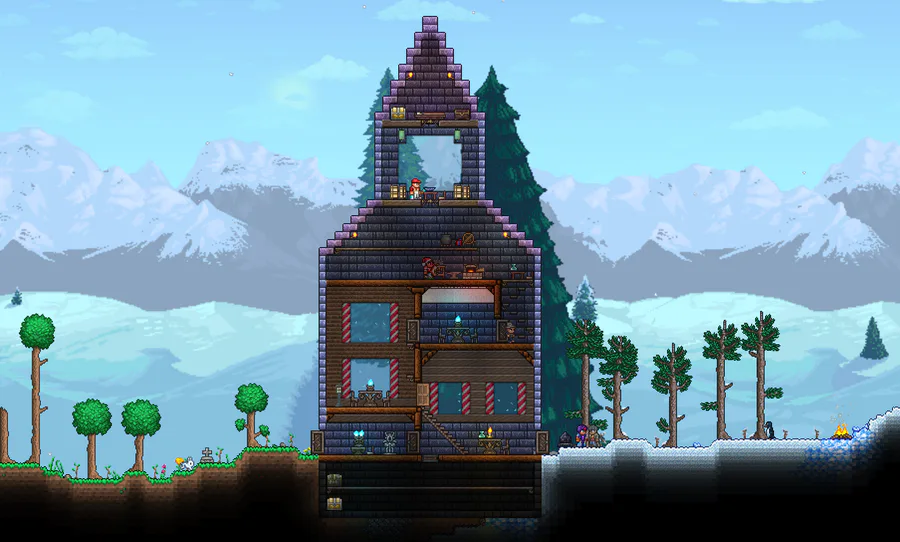
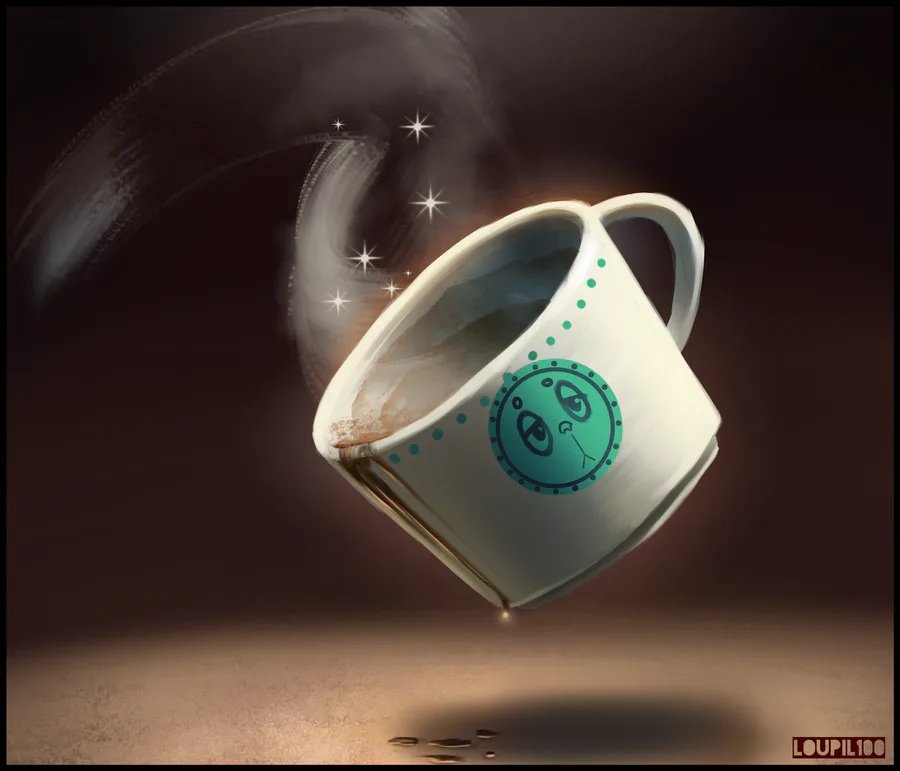
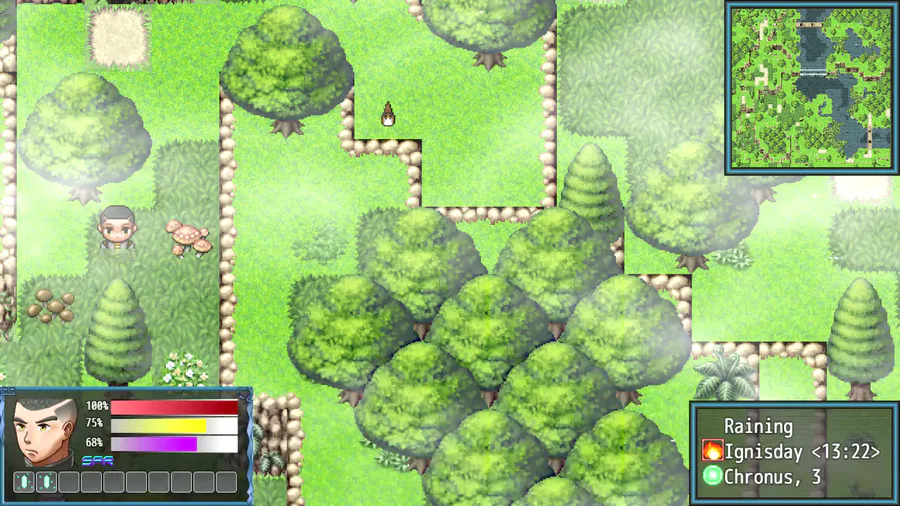
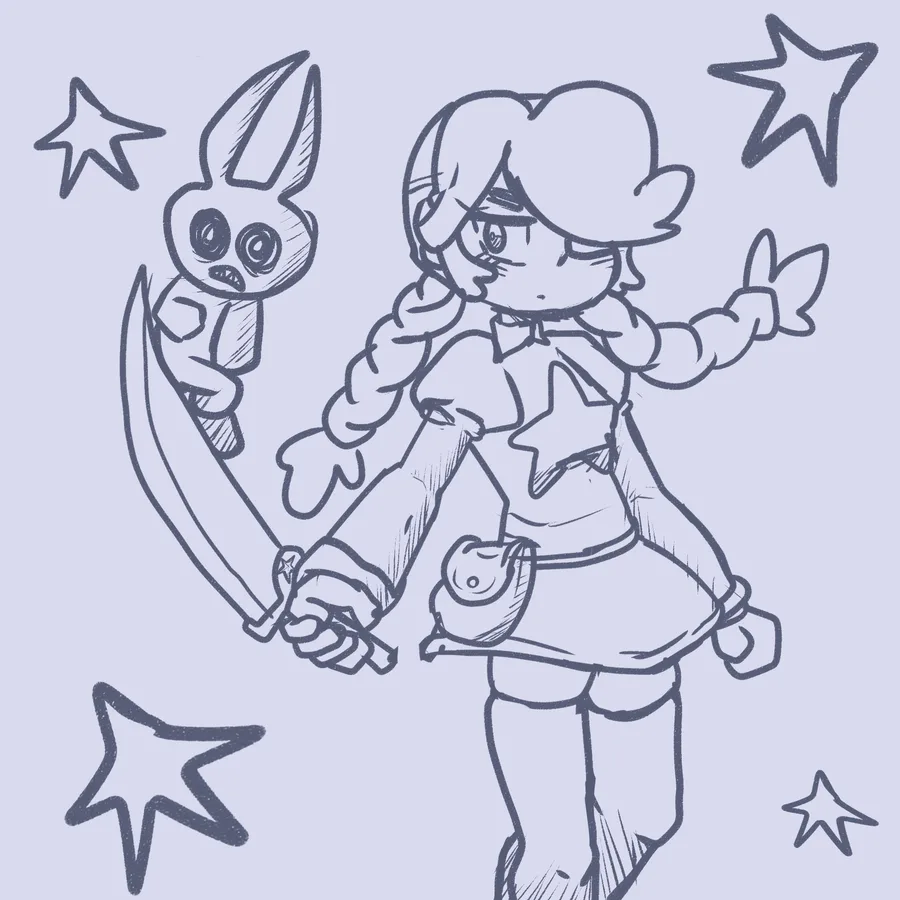
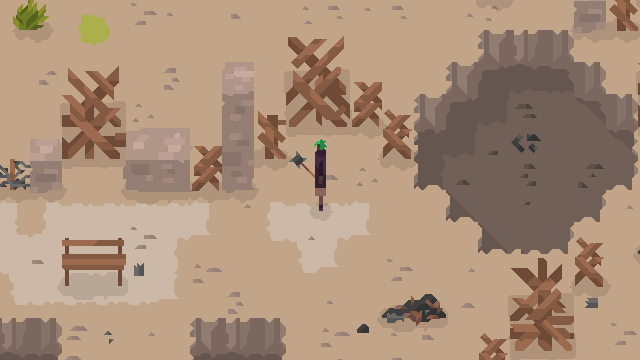
0 comments